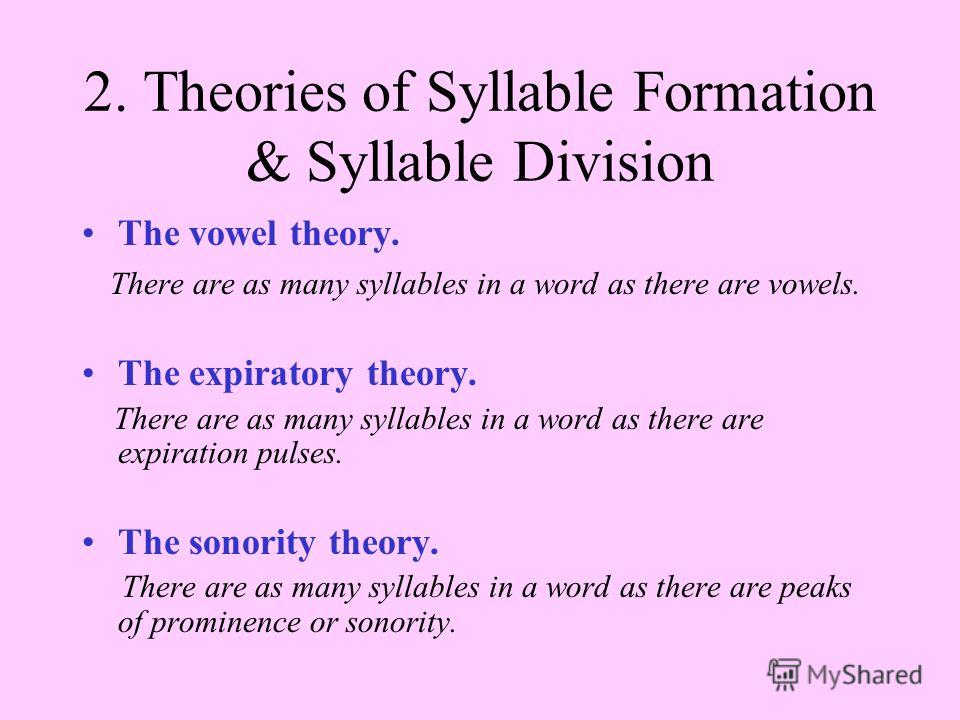

Cutting-edge technology has made a significant contribution in other related areas, too. This approach replaces sonority with perceptual constraints ranking phonological environments by their likelihood of assisting the hearer to recover critical aspects of the speech signal. The analysis of clusters in terms of well-configured sonority slopes has been rejected by some scholars in favor of an optimal ordering of segments to enhance their auditory cue robustness. Another important issue involves the functional explanation of sequencing tendencies. In this approach, sonority is a function of bidirectional excitation of competing segments across time, driven by global harmony maximization using exponentially weighted constraints. Also, connectionist networks have been used to automatically syllabify random strings of segments in Berber. An exciting development is computational algorithms that can directly calculate the relative sonority of acoustic samples and potentially segment them, based on various phonetic parameters these algorithms have contributed to automated speech recognition. However, different studies counter that this knowledge can be acquired by extrapolating statistical generalizations from the lexicons of those languages, without a prior bias concerning preferred sonority differentials. For example, experiments asking speakers of various languages to rate the naturalness of or pronounce forms containing non-native clusters show that universal markedness constraints involving sonority predict accuracy on such tasks. Recent research on sonority has revived a debate about its innateness.
Sonority in a sentence how to#
However, while generalizations of this kind are strong, some have counterexamples, raising questions about the adequacy of sonority and how to encode it grammatically. These observations have led to implicatures such as lower sonority nuclei entailing the existence of nuclei from all higher sonority classes in a particular language. Furthermore, the propensity for a segment to pattern as moraic is proportional to its sonority.
Sonority in a sentence plus#
Thus onsets prototypically contain an obstruent plus an approximant. A primary function of sonority is to linearize segments within syllables: more sonorous sounds tend to occur more closely to the peak. The phonetic basis of sonority is contentious it is roughly but imperfectly correlated with loudness. Many versions of the sonority hierarchy exist a common one is vowels > glides > liquids > nasals > obstruents. It will also be suggested that it is intensity slopes (iii) that play a crucial role in consonant cluster perception and in phonological phenomena involving consonant clusters.Sonority is a nonbinary phonological feature categorizing sounds into a relative scale. Results show that the intensity contours calculated based on (i) and (ii) do not always correspond to the intensity slopes (iii), while both of them are in general correlated with the sonority contour. Also, (iii) actual intensity slopes in the transition between the two consonants were measured. Measured first were (i) an average RMS and (ii) sound level minima of each consonant in the cluster C1C2, and the sonority contour was quantified by subtracting the intensity value of C1 from the intensity value of C2. 10 native speakers of American English (5 male, 5 female) read 33 monosyllabic English words that begin with a bi- or tri-consonantal cluster (e.g., play, stray) embedded in a frame sentence (“Father saw ‘ _’ again,” used in Parker 2008).

This paper investigates the phonetic correlate of sonority contour in consonant clusters. However, those studies have only considered intensity of a single segment. Previous studies have argued that the most reliable phonetic correlate of sonority is intensity (e.g., Parker 2002, 2008, Jany et al.


 0 kommentar(er)
0 kommentar(er)
